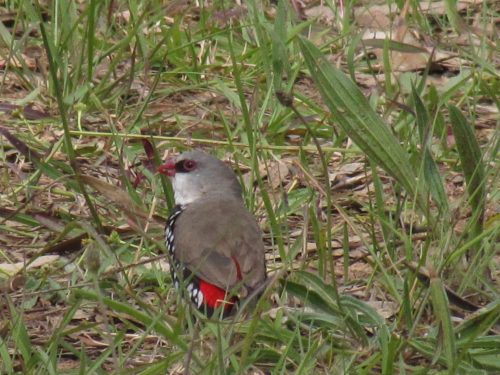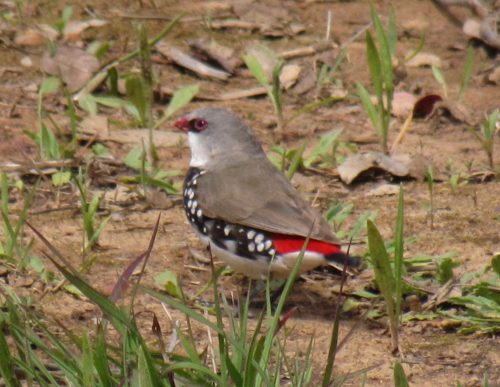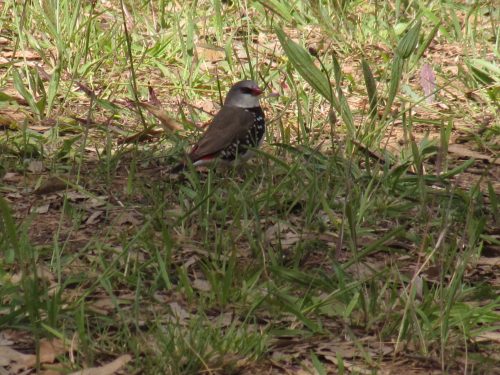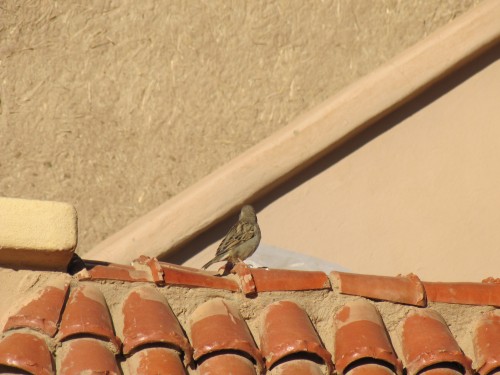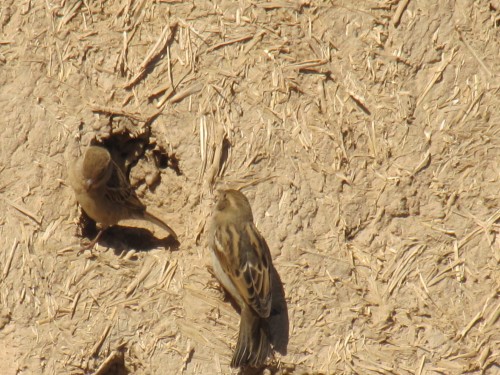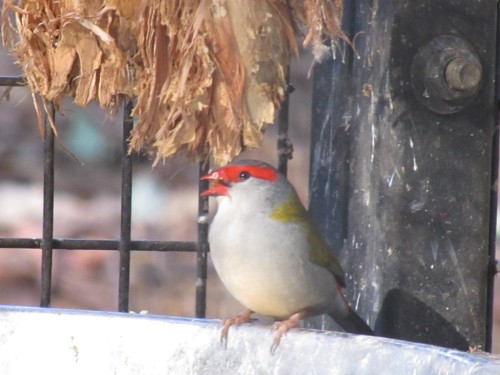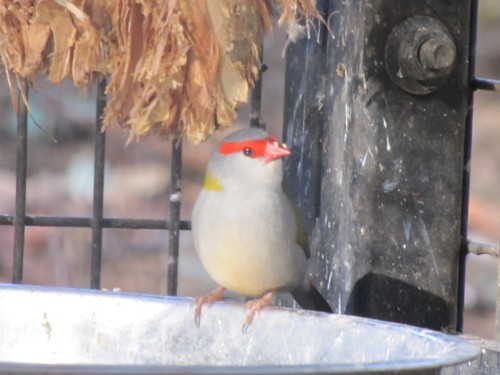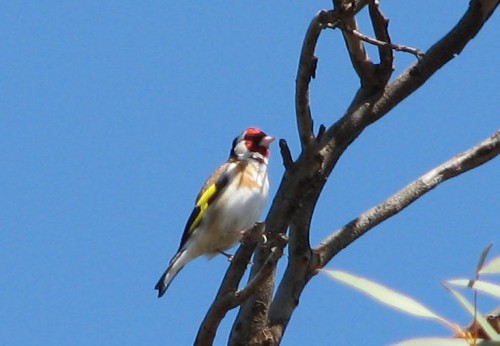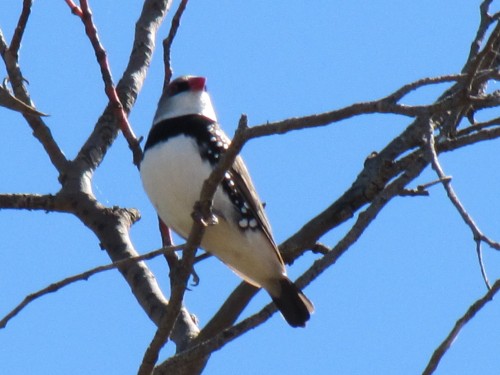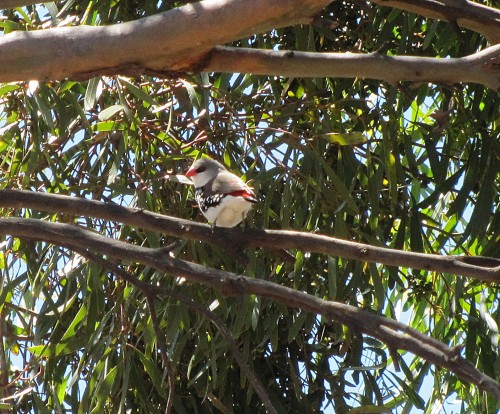Glen Alice in Capertee Valley
Earlier this week I wrote about my first visit to the Capertee Valley late last year. In general, this was a rather disappointing day of birding. I went with such high expectations, but I didn’t realise that I had underestimated the time needed to do this wonderful region justice. The road through the valley is an alternative route from Lithgow (north-west of Sydney) to Mudgee, though some of this section of the road is unsealed.
One really needs a full day to explore this area even superficially. Several days to a week would enable keen birders to really enjoy the delights of this valley. In this way, keen birders would be able to track down many of the wonderful birds of the valley. Along the route I took we noticed at least twenty signs pointing to Birdwatching Sites. Each would be worth stopping at for an hour or two. We only stopped at one, and that was in the small village of Glen Alice. This small settlement has a school, a community hall, an emergency fire station, an old church and several houses. Oh, I forgot – it also has a historic cemetery.
We went for a short drive along the only street before returning to the parking area near the old church. Here we stopped for afternoon tea. While we had our cuppa and some biscuits, I managed to do a little birding. Within seconds of getting out of the car, a solitary Diamond Firetail finch flew in and settled on the ground only a few metres from me. I was able to get a few quickly taken photos before it flew off again. These are the photos I have featured today.
Within the next half hour, I made quite a nice little list of birds seen but didn’t get any more photos – well, not any that are worth showing here. The following species were either seen or heard:
- Grey Butcherbird 1
- Noisy Miner 8
- Diamond Firetail 1
- Australian Raven 4
- Australian Magpie 4
- Red Rumped Parrot 2
- White-plumed Honeyeater 5
- Willie Wagtail 2
- Sacred Kingfisher 1
- Little Black Cormorant 1
- Hooded Robin 1
- Rainbow Bee-eater 2
- Superb Fairywren 2
- Crimson Rosella 2
- Australian Wood Duck 5
- Magpie Lark 2
- Rufous Whistler 1
- Black-faced Cuckoo-shrike 1
- Fuscous Honeyeater 1
Several kilometres out of town in the locality known as Bogee, I added the following species:
- Grey-crowned Babbler 3
- Yellow-rumped Thornbill 3
Related reading:
House Sparrows in the Sahara
House Sparrows are an often over-looked bird species.
In my last post, I wrote about a visit a few years ago to the Sahara Desert in Morocco. In that post, I shared photos of the Eurasian Collared Dove I saw in Merzouga on the edge of the Sahara Desert. My wife, my daughter and I were on a tour of Morocco. The emphasis was on being tourists. Despite this, I was also on the lookout for opportunities to see new birds – any birds – and to get photographs of as many as possible.
After our camel ride into the Sahara Desert on sunset, we stayed in a Berber tent on Christmas Eve. Pre-dawn on Christmas Day saw the group staggering up a nearby sand dune to witness the sun rising over the desert, a truly wonderful experience. After riding out of the desert on camels again – such uncomfortable animals – we had breakfast. This sumptuous meal was in the grounds of a nearby hotel.
While having breakfast I was able to photograph a small number of birds nearby, including the female House Sparrows shown in today’s post. I found that this is a common species throughout Morocco. I recorded it in many places, including the bigger cities like Casablanca through to smaller rural villages.
I even noticed a small flock of them in the few trees near our campsite out in the desert. There was obviously enough food around to sustain a small population a considerable distance from houses. I find this is also true of this species here in Australia. I have seen quite large flocks – up to many dozens or more – quite some distance from human habitation, their preferred habitat. The small flock I saw in the desert had the advantage of plenty of grasses on and between the sand dunes nearby, as illustrated by these photos.
I am intrigued by the photo below. This shows two female sparrows at a hollow in the mud and straw wall of the building near where we had breakfast. I couldn’t tell whether they had made the hollow, or some other species had done it. It reminded me of the House Sparrows I encountered when I was a child. I grew up on a wheat and sheep farm in the Murray Mallee district of South Australia. The plentiful sparrows often made small nesting tunnels in the straw-thatched roof of the cow shed, as well as the roof of a hay shed.
Red-browed finches playing coy
Last month my family and I visited the Australian Reptile Park north of Sydney. As well as a great collection of reptiles the park also boasts a good collection of birds in aviaries. I have featured some of these over recent posts and have still a few more to add in the coming days.
The setting of the park near the town of Gosford is in the heart of forested areas of the Blue Mountains (part of the Great Dividing Range in eastern Australia). Because of its location the natural birdlife is quite prolific. Some of the wild birds take advantage of the food provided for some of the animals, including the caged birds.
The Red-browed finch featured in today’s photos is one such species. They were able to fly in and out through the wire of the aviary holding much larger parrots. This gave them easy access to the seed trays. It might have been easy for the birds, but taking their photo was not easy for me; I had to avoid getting the wire in the photo. Shooting through the wire of an aviary is always a challenge.
On this occasion there was an added challenge to getting these birds in focus: the finches were a little coy and keep just out of view behind the parrot feeding tray. I’m not sure if they were just a little shy, or that the parrots had spilled all the best seeds out of the tray.
Unusual visitors – Goldfinches
I was collecting the daily newspaper from the driveway yesterday when my attention was attracted to an unusual bird call in the tree next to our driveway. Unusual for our garden, that is. European Goldfinches are widespread in various parts of southern Australia. There is a small population near the railway station here in Murray Bridge, 80km SE of Adelaide. It’s just that they are not even regular visitors to our garden, so the call attracted my attention. In fact, I think we’ve only ever had them here in our garden on two or three other occasions in 30 years.
The two birds didn’t stay long – just long enough to confirm the sighting through my binoculars. So – you will have to put up with an old photo taken in our garden some years ago.
Diamond Firetail finch, Brown’s Road, Monarto
Diamond Firetails are one of Australia’s more beautiful finches and I am pleased that I can see them within a short distance of my home in Murray Bridge, South Australia. In fact, we have occasionally seen this species in our garden, and on one occasion one even came to one of our bird baths.
Diamond Firetails are widespread in this region without being very common anywhere. In my experience they are usually encountered singly or in a small flock of only a few. The bird in several of the photos today was one of about four we saw at Brown’s Road, Monarto near Murray Bridge several years ago. The photos aren’t brilliant because these birds were rather wary and didn’t allow me to approach too close, even with the 20x zoom on my camera.
